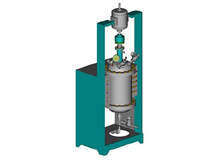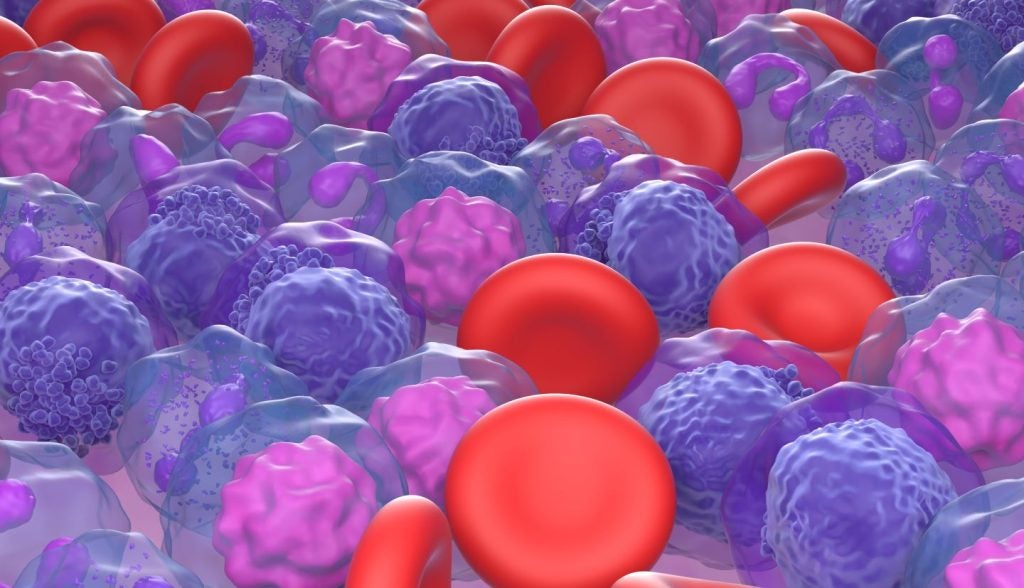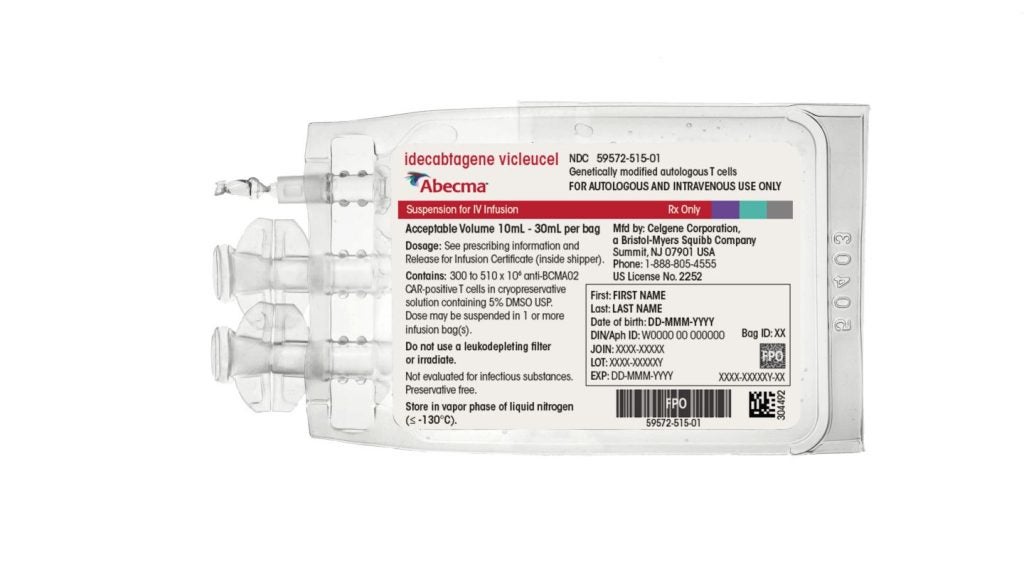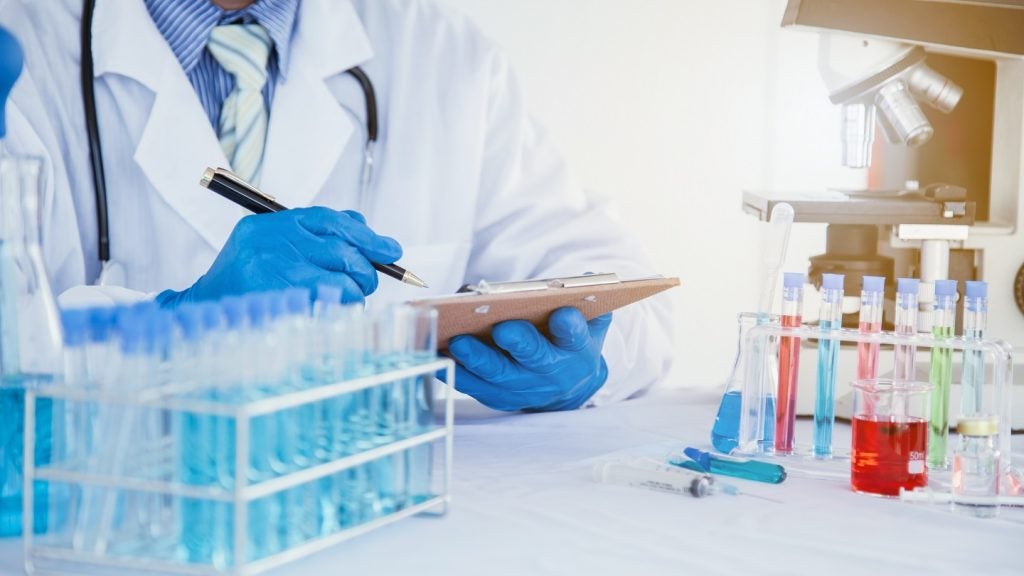
The fascinating field of microwave technology has recently seen a growth in research and reports, but its inception caused only a trickle of journal articles to filter through.
Dr Richard Gedye and co-workers at Laurentian University in Canada first started work in 1986 and reported that microwaves were capable of speeding organic synthesis reactions by huge magnitudes.
But it wasn’t until the 1990s that this new form of heating really gained traction. The flow of studies citing these benefits has since accelerated and is now the subject of many eye-catching presentations at symposiums and the topic of many high-level conversations.
The microwave phenomenon
Microwave-enhanced chemistry is based on the efficient heating of materials by microwave dielectric heating effects.
See Also:
This phenomenon is dependent on the ability of a specific material (solvent or reagent) to absorb microwave energy and convert it into heat.
How well do you really know your competitors?
Access the most comprehensive Company Profiles on the market, powered by GlobalData. Save hours of research. Gain competitive edge.

Thank you!
Your download email will arrive shortly
Not ready to buy yet? Download a free sample
We are confident about the unique quality of our Company Profiles. However, we want you to make the most beneficial decision for your business, so we offer a free sample that you can download by submitting the below form
By GlobalDataSimple domestic microwave ovens were initially used for organic synthesis reactions. However, they had substantial drawbacks in terms of performance and reliability. This was due to the low reproducibility of experiments, owing to inhomogeneous field density and lack of appropriate parameter sensing as well as the inability to stir the compounds.
These problems led to the development of specialised microwave instruments for synthesis applications. The advantages of these instruments included rapid heating with reduced energy usage, cleaner reaction profiles, higher yields, and super-heated solvents.
Since the late 1990s, microwave instruments that enable users to elaborate new methods and protocols for chemical reactions have come onto the market. This has led to cleaner, more efficient and highly reproducible reactions.
According to Jiann-Yang (Jim) Hwang, Director of the Institute of Materials Processing and Professor of Materials Science and Engineering at Michigan Technological University, microwave instruments are used principally in three areas of drug research. As Hwang explains, first is, “the screening of drug formulae which are made of organic compounds and the candidate compounds that seem to be numerous”.
The second area is microwave-assisted peptide synthesis, in which peptides are used as drug generics. Synthesis of long chains of peptides is very difficult and the microwave approach has been especially effective in the area of peptides synthesis.
The final use is the microwave-assisted DNA amplification.
“DNA amplification is used in disease analysis where there are a number of DNAs that are very difficult to process,” says Hwang. “Research indicates that microwave synthesis may be able to solve these problems. Microwave-based instruments are also used for daily analysis procedure, a huge market that is also highly competitive and thus it is vital that costs are kept down.”
Scaling up the research
Drug companies and research institutions are exploiting microwaves in the area of organic synthesis for drug screening and discovery, although generally on a small scale. There may be a few cases of so-called “large-scale” synthesis, but this involves milligrams rather than kilograms of materials. Researchers are attempting to scale up the process but success has been limited to date, due to a lack of penetration depth in the microwave field.
Organic synthesis is normally carried out using conductive heating with an external heat source, such as an oil bath. But this is a comparatively slow and inefficient method for transferring energy, as it relies on the thermal conductivity of the various materials that must first be penetrated. This results in the temperature of the reaction vessel being higher than that of the reaction mixture. In comparison, microwave irradiation produces efficient internal heating through a combination of the microwave energy and the molecules of solvents, reagents or catalysts that are present in the reaction mixture.
According to Hwang, using microwave instruments can shorten the drug research timeframe significantly: “A representative example demonstrated that the time frame can be shortened from 37 days to two days,” he explains.
This time advantage over the traditional oil-bath method would suggest that all the players in drug research would be exploiting microwaves or at least planning to do so in the future.
In Hwang’s opinion, there are two issues need to be addressed before that can happen. “Firstly, the sale price of microwave-based instruments has to fall from the current $20,000 to about $10,000,” he explains. “If that happened, most researchers in universities and research laboratories could afford to use these instruments on a regular basis.
“The technology for large-scale synthesis also needs to be put in place. When this occurs, demand for instruments for large-scale synthesis will take off.”
Major companies that are at the forefront of microwave-instrument technology include CEM, an American company based in North Carolina; Milestone, based in Bergamo, Italy, but with a branch in the US; and Sweden’s Biotage. Together, these three companies dominate the global market. However, according to Hwang, their products are generally “expensive and mostly small-scale”.
So what advances can we expect from microwave technology to aid drug research in the future? Top of the list is coming up with design concepts that will significantly reduce costs. The Michigan Technological University is working on this very project and is “very close to achieving this goal”, according to Hwang.
He foresees the development of large-scale synthesis technology that could lead to the miniaturisation of chemical plants. He also anticipates the “expansion of the operational temperature and pressure range for discovering, synthesising and processing materials that cannot be effectively produced at present”.
Microwave instruments are already having a significant effect in shortening the time required for drug development. As microwave technology improves and reliable large-scale screening becomes possible, even greater time savings will be achieved. Furthermore, in a world that is increasingly environmentally aware, microwave chemistry holds out the promise of a “green” tool that allows for many chemical reactions to be used with less toxic solvents, or without any solvents at all. What is without doubt is that the need for fewer chemical ingredients would have a positive impact on the world’s environment.







